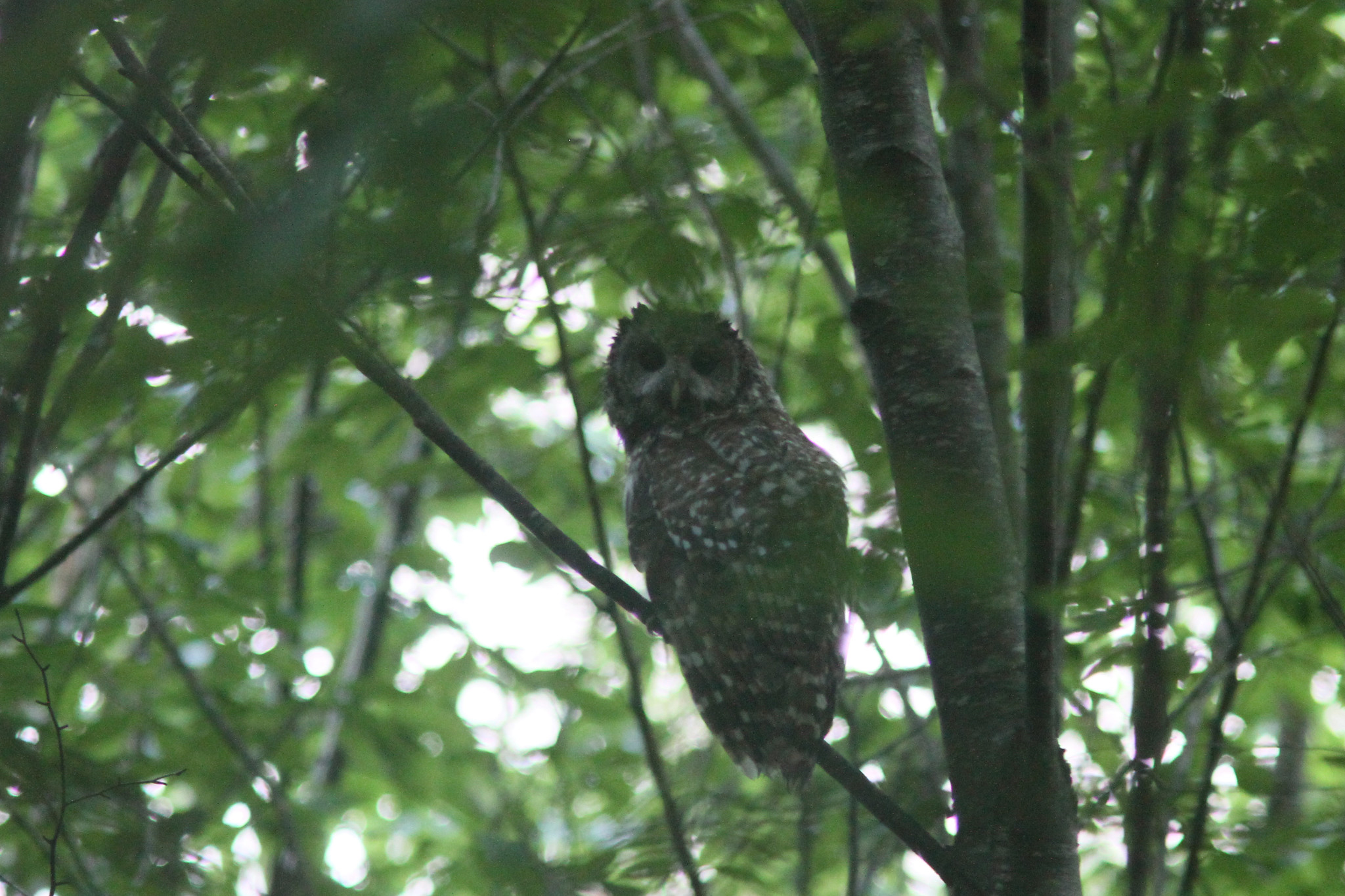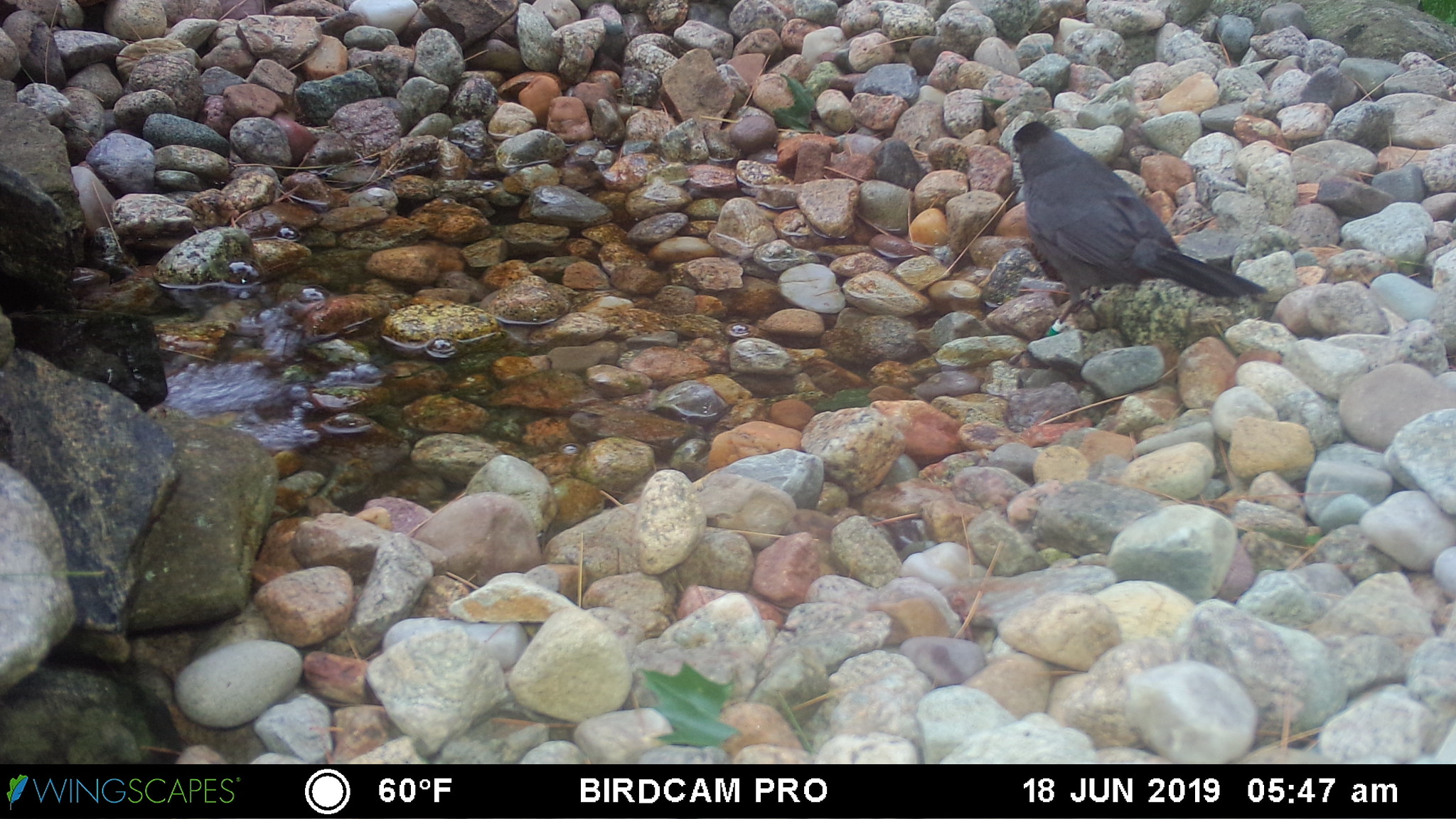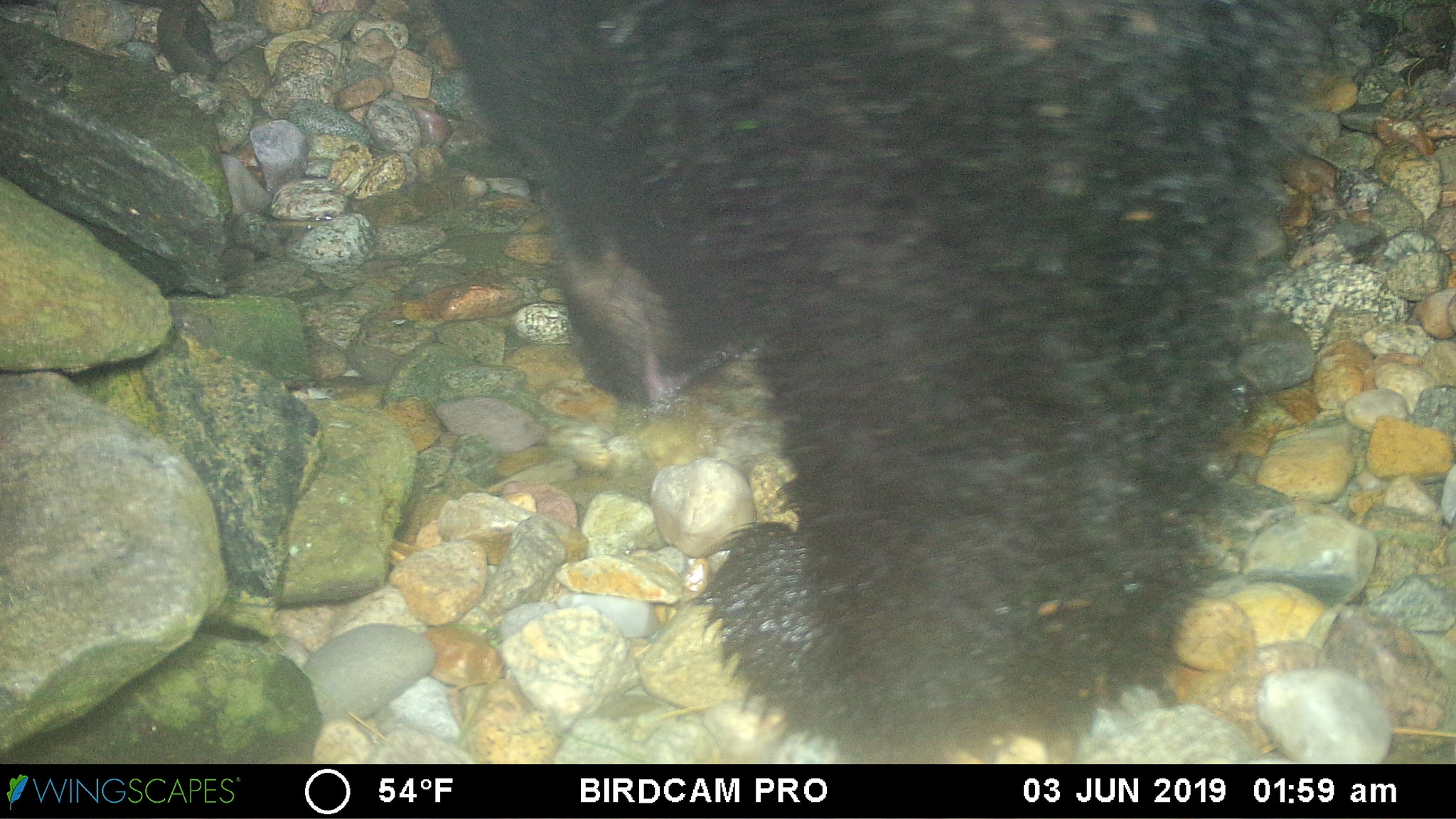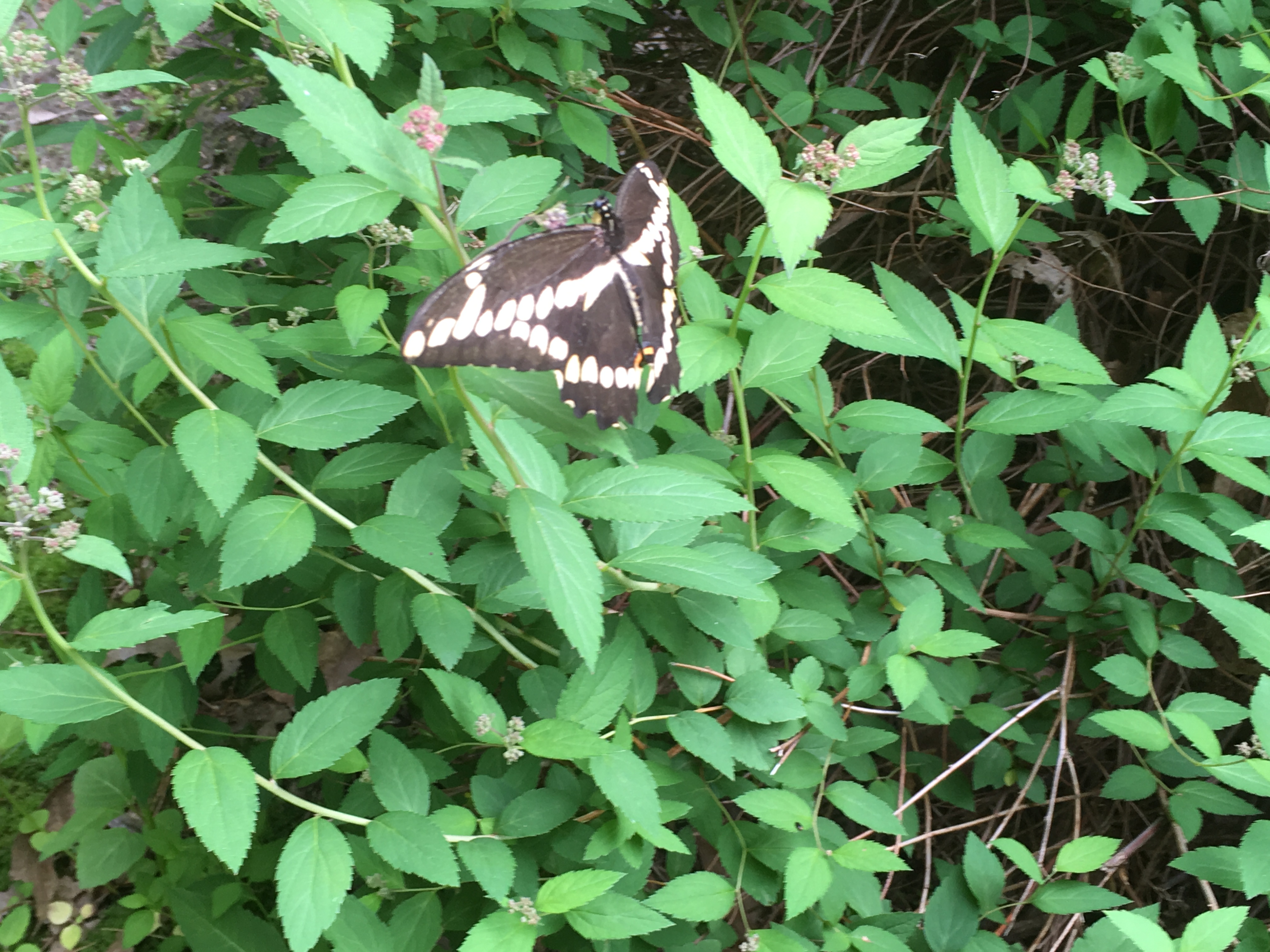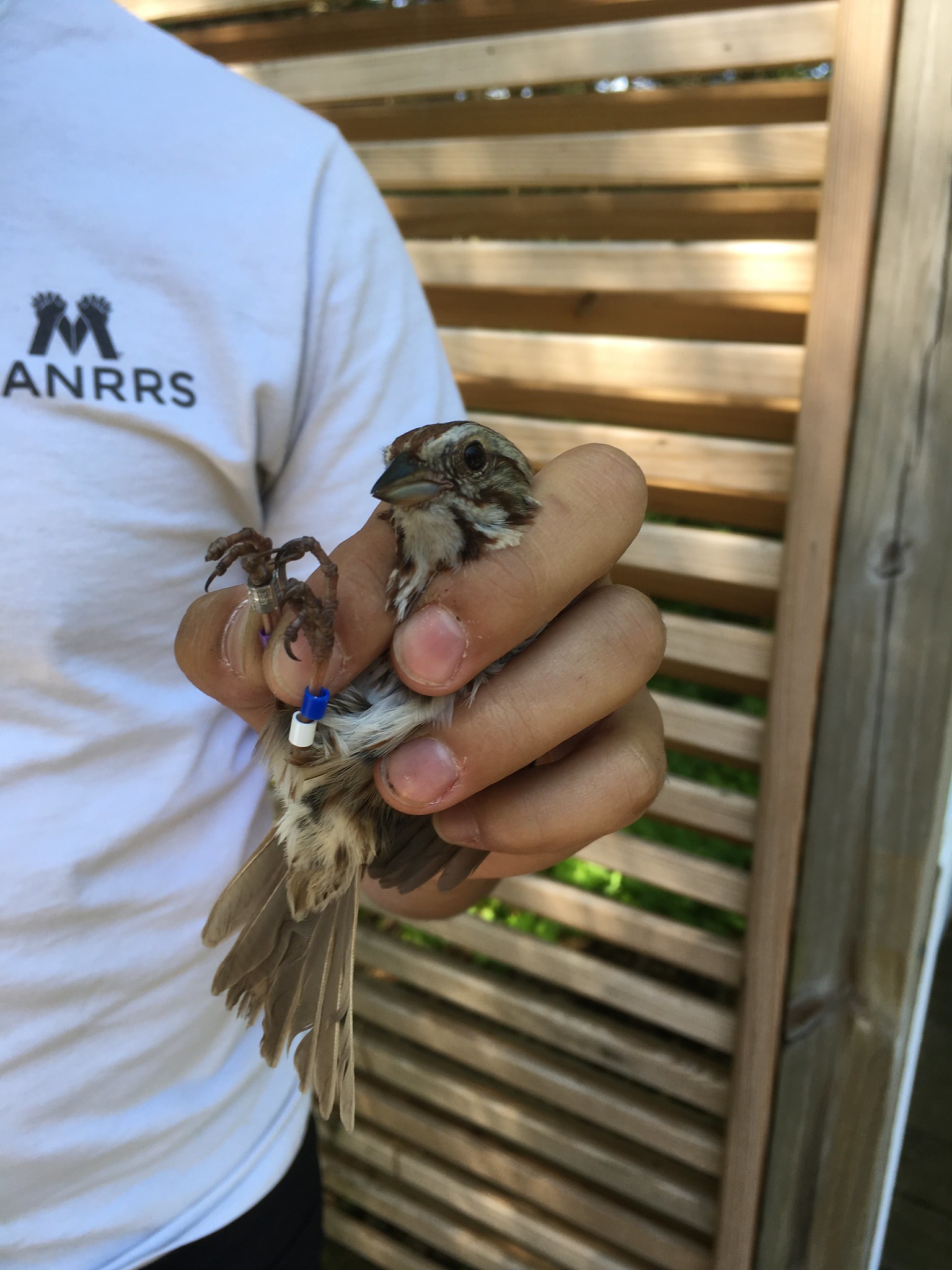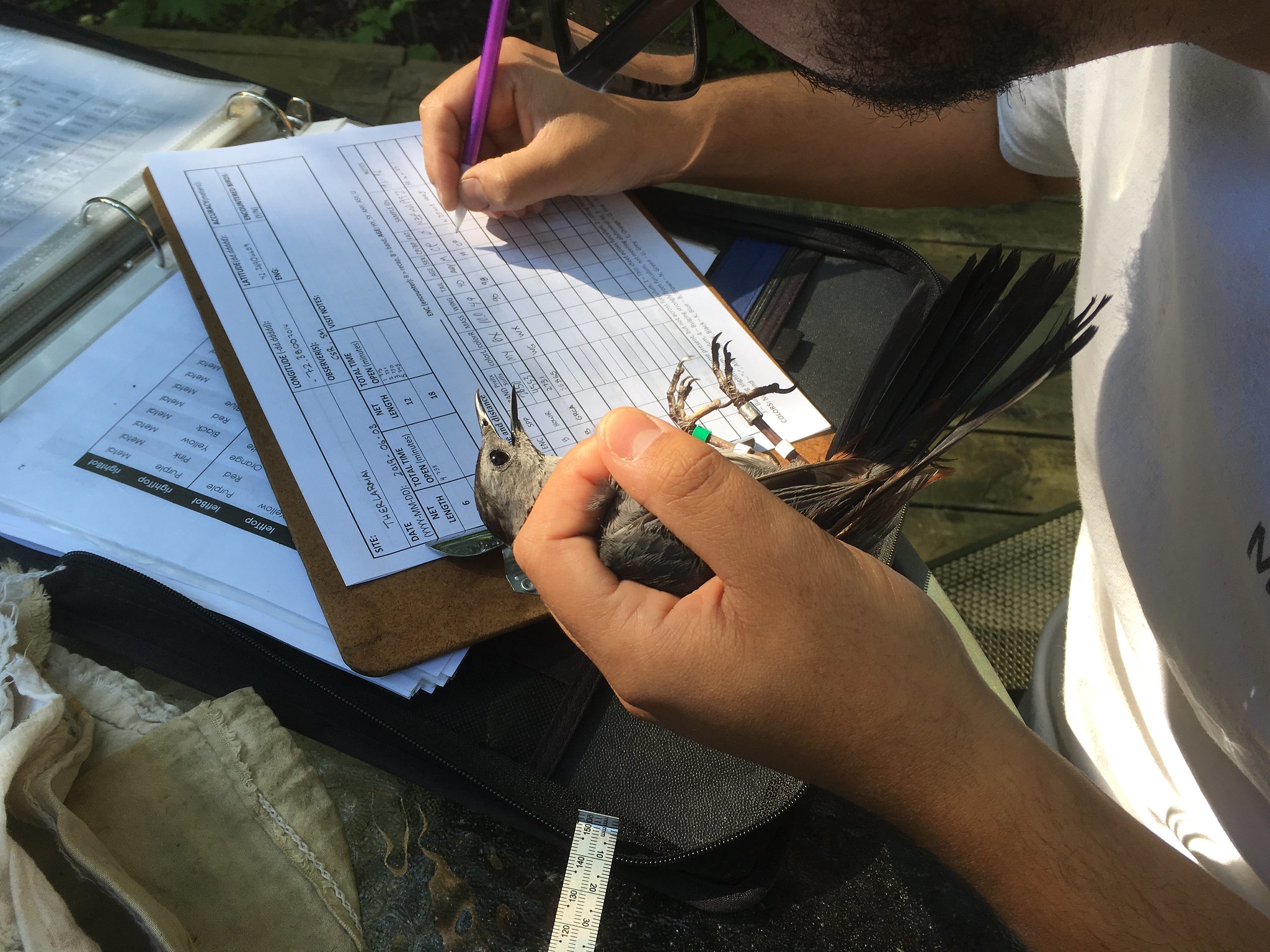 |
| Bobolink, Monson, MA, Jun 9, 2019 |
 |
| Wood Duck walking through a freshly plowed field (nowhere near any water), Monson, MA, Jun 9, 2019 |
 |
| Common Ravens, Palmer, MA, Jun 9, 2019 |
I completed my annual Breeding Bird Survey route today under perfect conditions with sunny skies, low humidity, no breeze and temperatures starting off in the high 40's and topping off near 60 by the end of the route. The route starts in Belchertown and continues south to the Connecticut line with three minute stops every half mile. This is now my tenth year conducting the survey and this one turned out to have the highest diversity yet with a total of 83 species with 1273 individuals (more details on previous years at the bottom of the post).
The ten most abundant species are listed in the table below (% of sightings for all stops)
Red eyed Vireo 80%
American Robin 72%
Chipping Sparrow 70%
Northern Cardinal 60%
Gray Catbird 56%
Ovenbird 50%
Common Yellowthroat 46%
Mourning Dove 46%
American Redstart 42%
House Wren 40%
Among the 83 species were a number notable sightings including Fish Crows, an Osprey, a Red shouldered Hawk, multiple Black billed and Yellow billed Cuckoos, Willow Flycatchers and 13 species of warbler including a late Blackpoll Warbler, a Nashville Warbler and two Canada Warblers. Of those mentioned above five are new for the route..at least as long as I have been conducting it (the five new species are Blackpoll Warbler, Osprey, Fish Crow, Nashville Warbler and Willow Flycatcher). I have now seen a total of 105 species while conducting the route since taking it over in 2010. Total number of species seen for each year I have conducted the survey below:
year # of species
2010 71
2011 64
2012 56
2013 67
2014 70
2015 75
2016 78
2017 73
2018 71
2019 83



